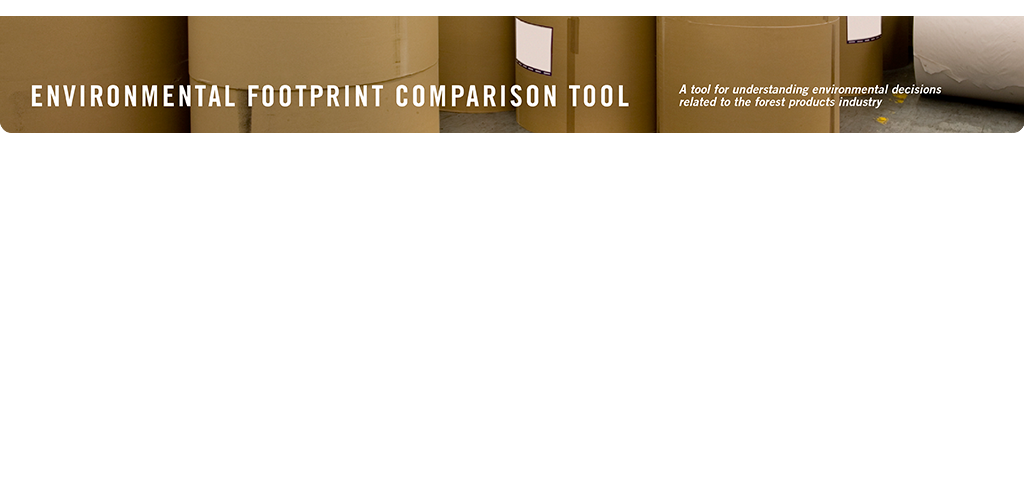
The effects of paper recycling on the use or discharge of chlorine-containing compounds occur primarily
in bleaching.
Several substances once associated with bleaching (e.g., dioxin and highly chlorinated phenolic
compounds) are now below levels that can be detected in effluents at both virgin and recycling mills.
Chloroform is generated in small amounts at virgin mills that use chlorine dioxide for bleaching and in
larger and comparable amounts at virgin and recycling mills using sodium hypochlorite for bleaching or
brightening. Polychlorinated biphenyls (PCBs), which in the past entered recycling mills in certain
carbonless copy papers, are now seldom detected in mill effluents.
Total quantities of chlorinated organic compounds in effluents, measured as adsorbable organic halides
(AOX), will often tend to be higher in virgin mill effluents because greater quantities of chemicals are
required to bleach virgin pulp compared to the amounts applied to recovered fibers. Studies of the
significance of the chemicals measured in the AOX test, however, suggest that they are not of particular
environmental concern.
In cases where all chlorine-containing chemicals used for bleaching in virgin or recycling mills are
eliminated (i.e., totally chlorine free (TCF) or process chlorine free (PCF) mills), the potential for
generating chlorinated organic chemicals is also eliminated, but small amounts of chlorinated organic
chemicals may continue to enter the mill as contaminants in recovered fiber or other raw materials.
Follow the links to the right for more information.

More information:
Pulp bleaching and brightening
PCBs in recovered fiber
- WATER
- ENERGY
- GREENHOUSE GASES
- CHLORINATED COMPOUNDS
- WOOD USE
- ODOR
- EMISSIONS TO AIR
- DISCHARGE TO WATER
- SOLID WASTE
- Lowgrid10
- Lowgrid11
- Lowgrid12
- Lowgrid13
- Lowgrid15
- Lowgrid16
- Lowgrid17
- Lowgrid18
- Lowgrid19
- Lowgrid20
- Lowgrid21
- Lowgrid22
- Lowgrid24
- Lowgrid25
- Lowgrid26
- Lowgrid27
- Lowgrid28
- Lowgrid29
- Lowgrid30
- Lowgrid31
- Lowgrid32
- Lowgrid33
- Lowgrid34
- Lowgrid35
- Lowgrid36
- Lowgrid37
